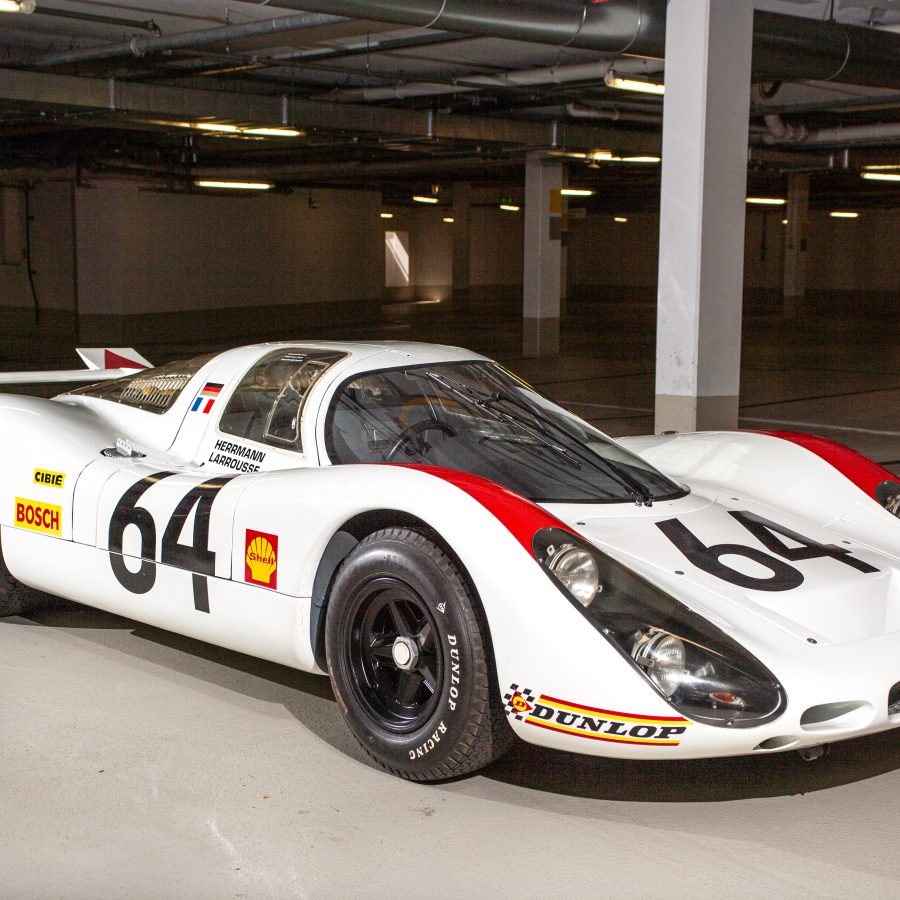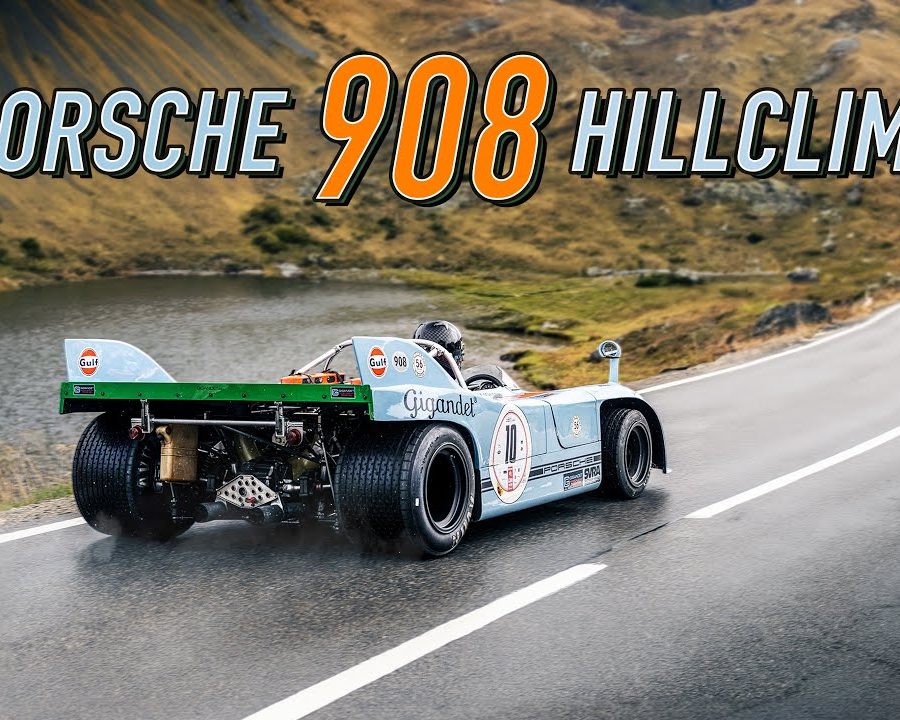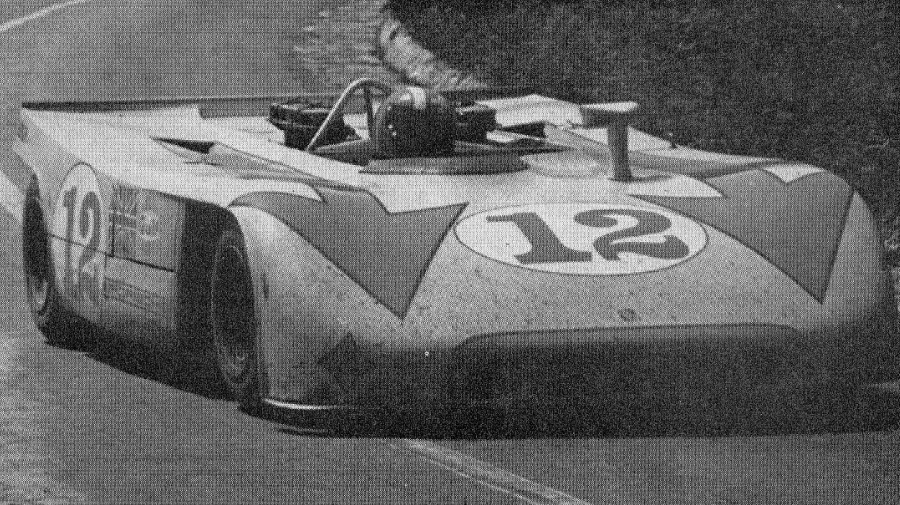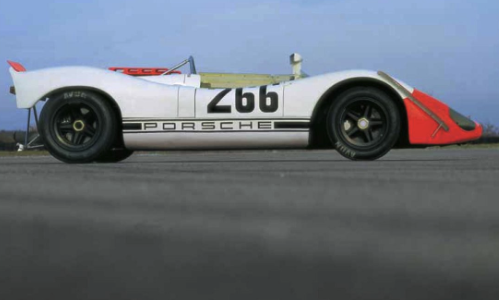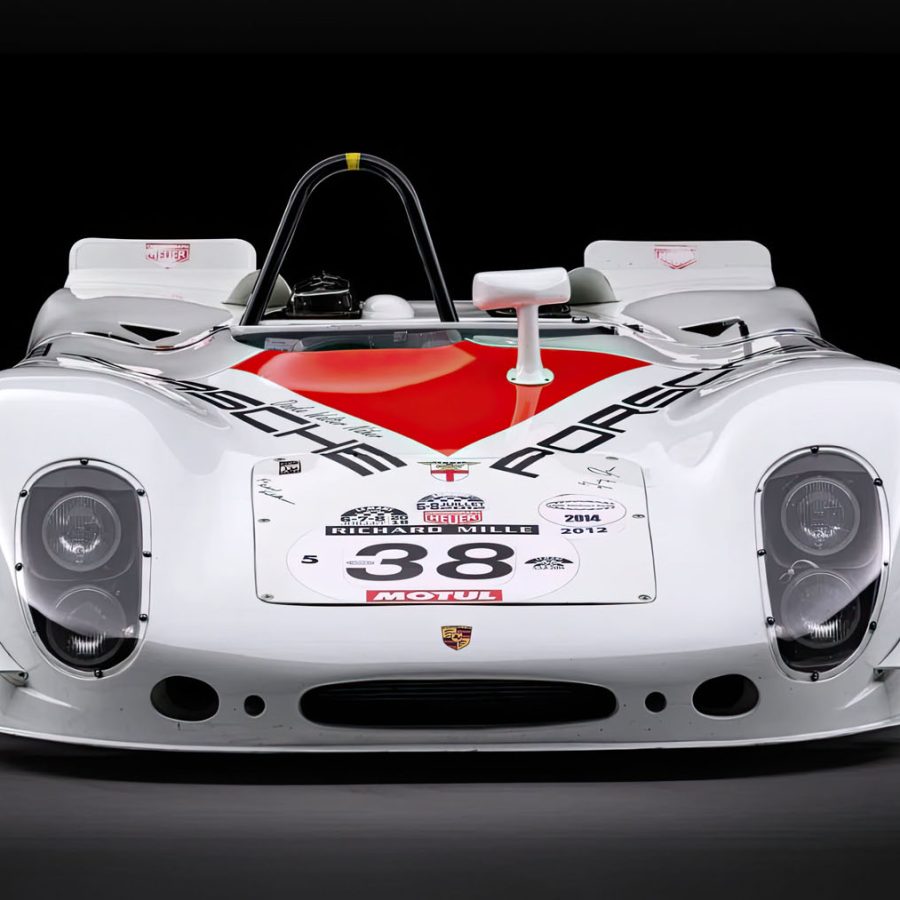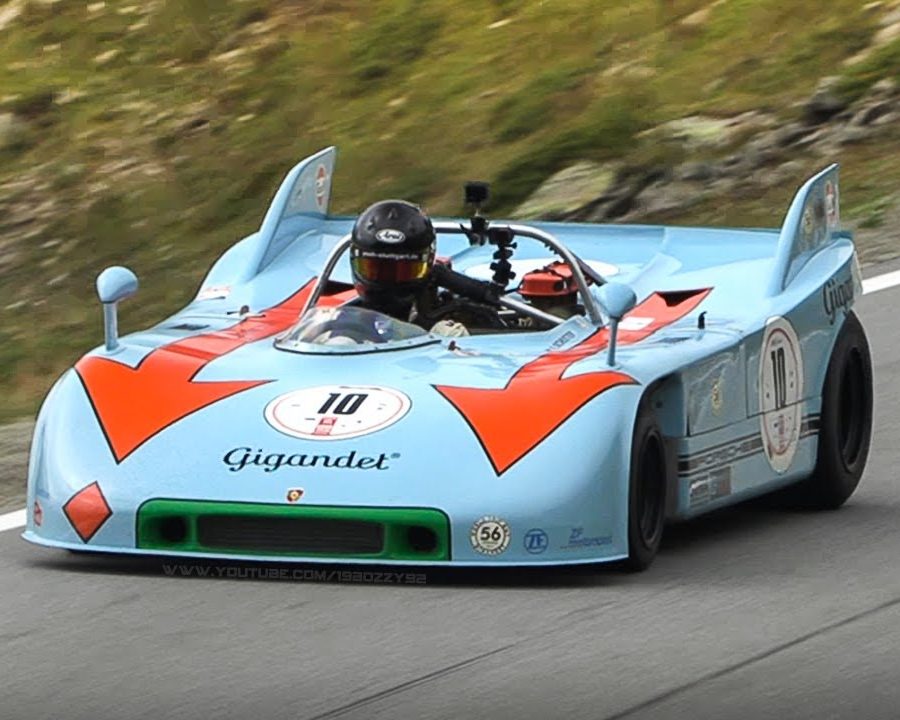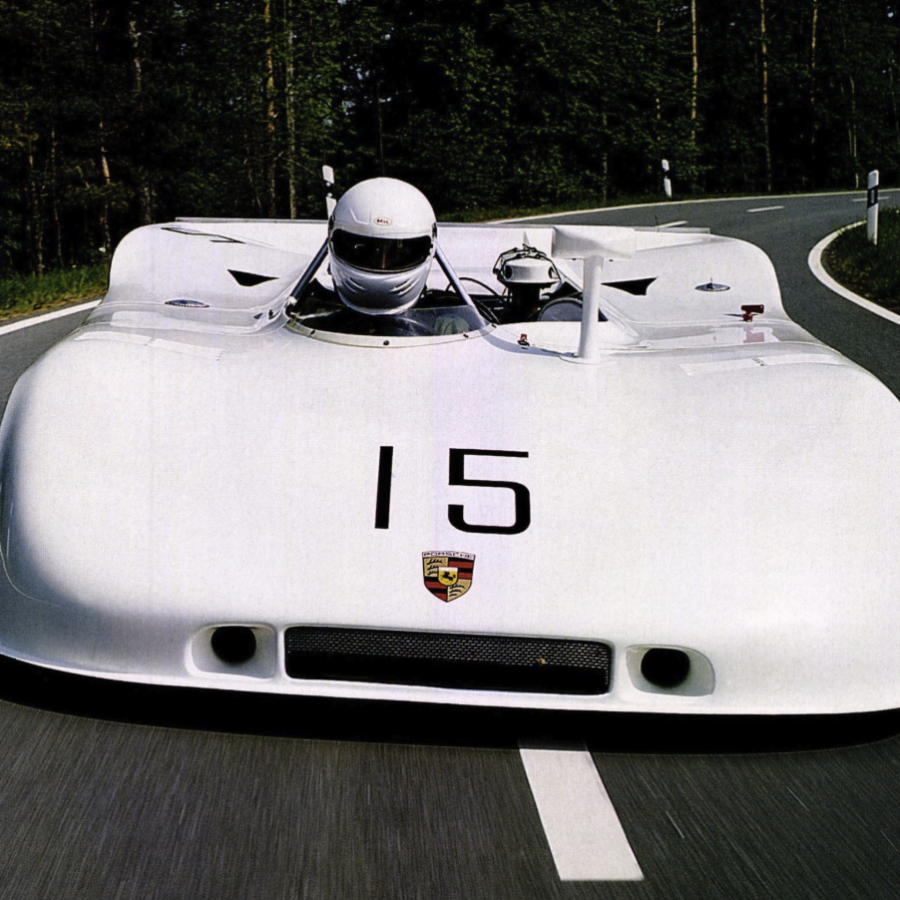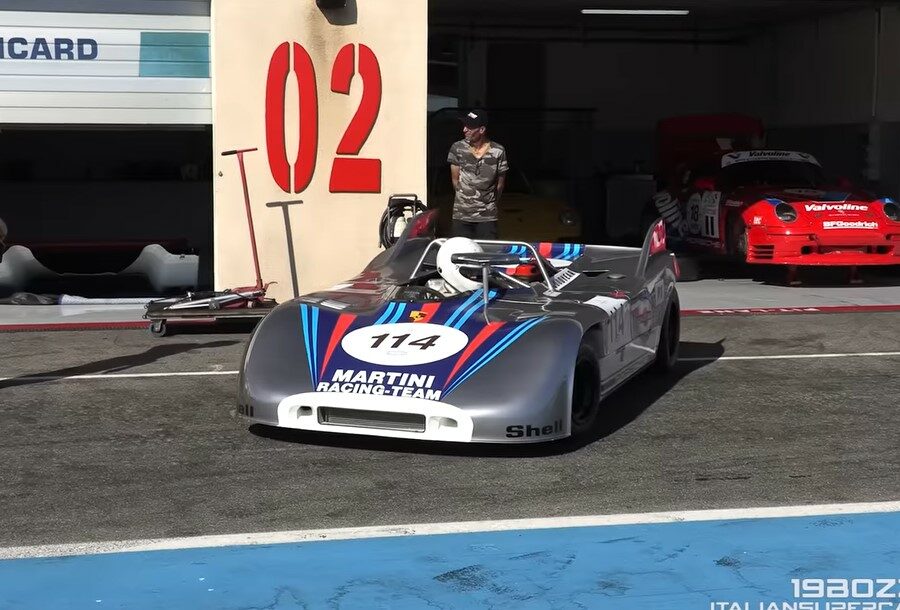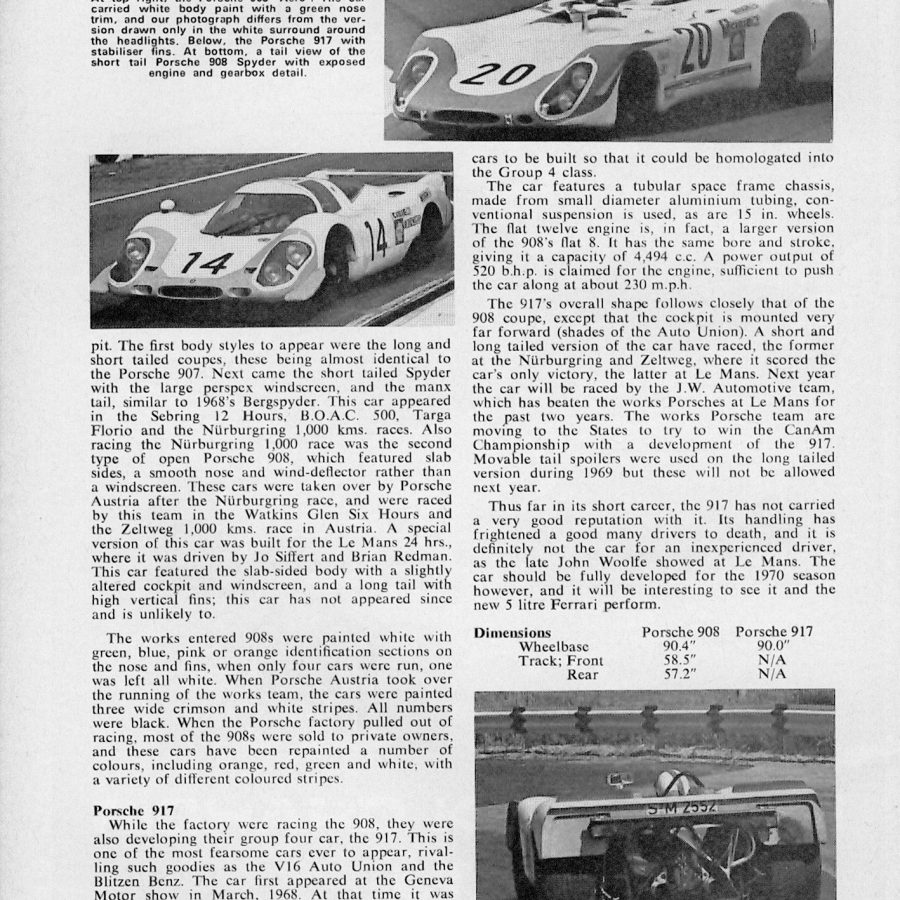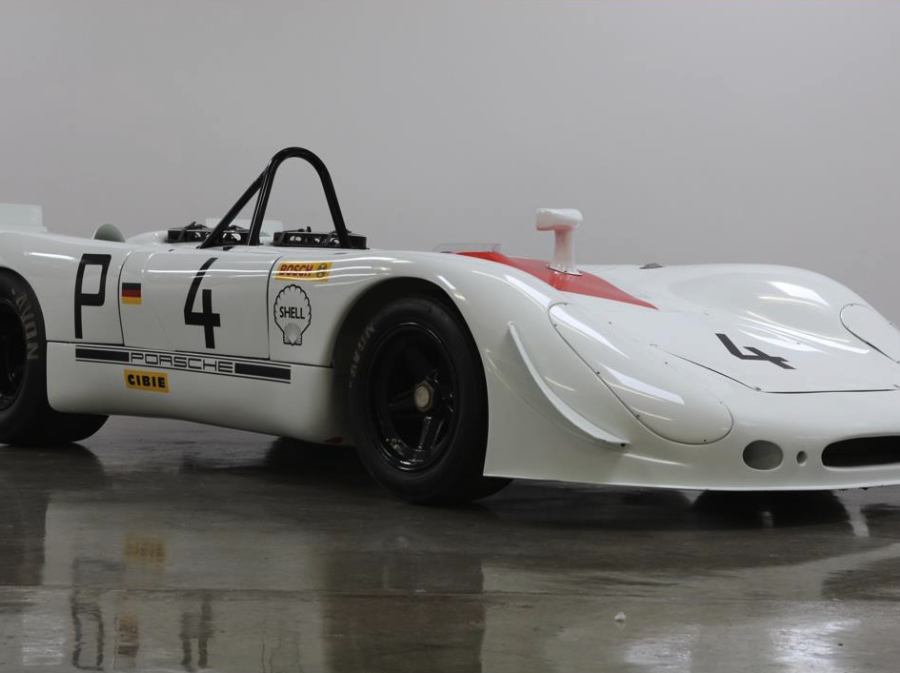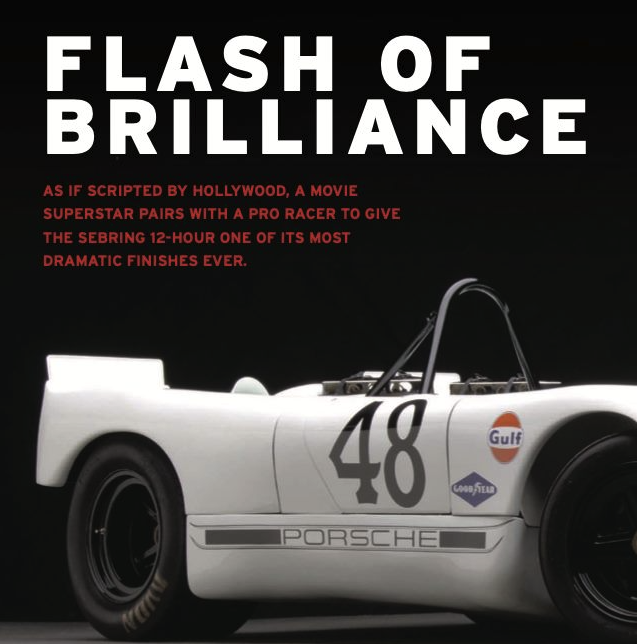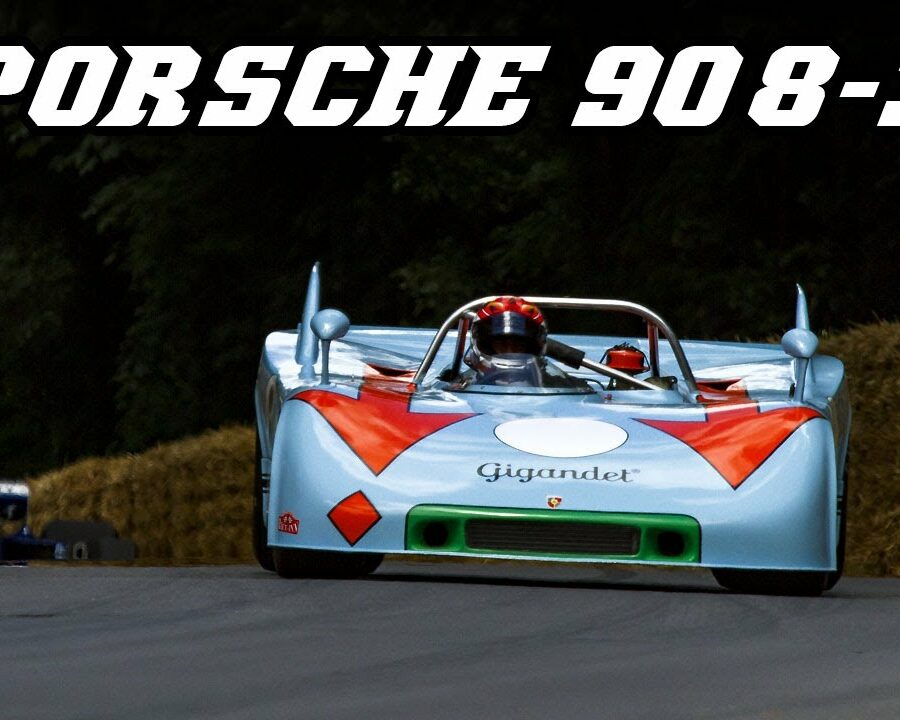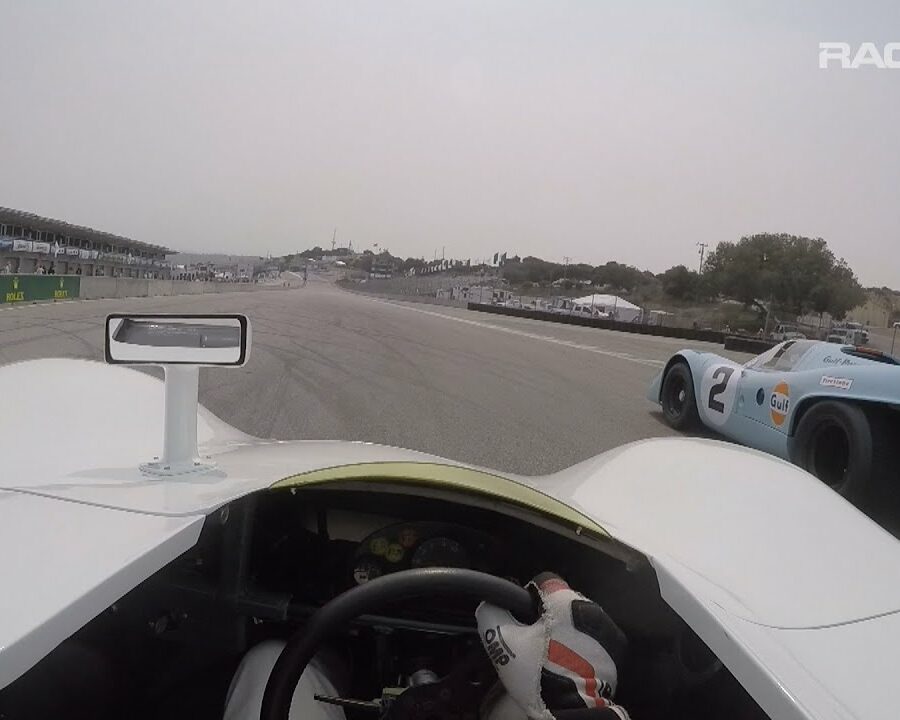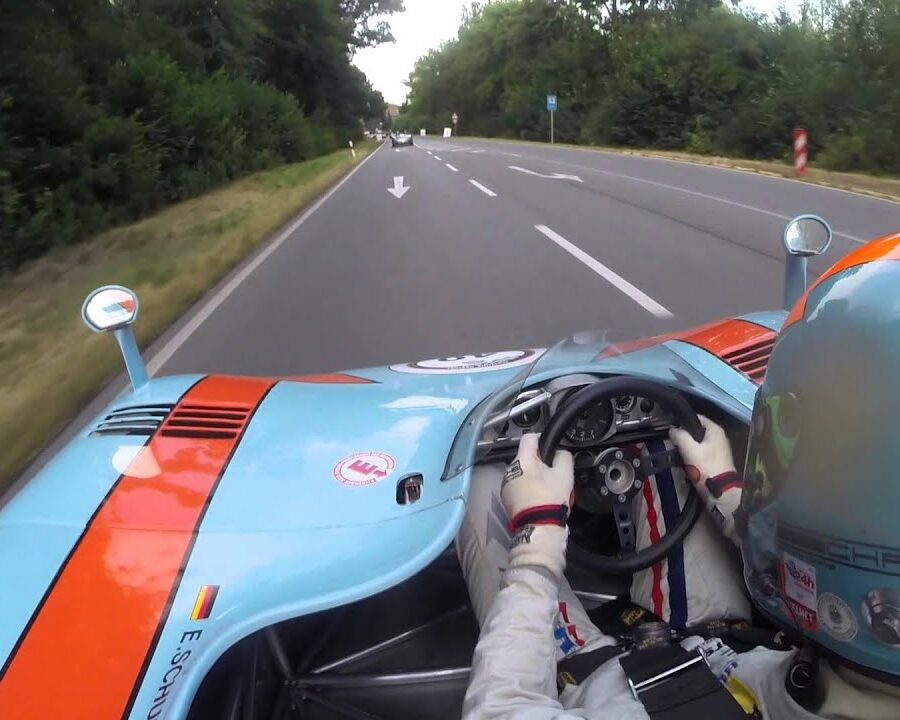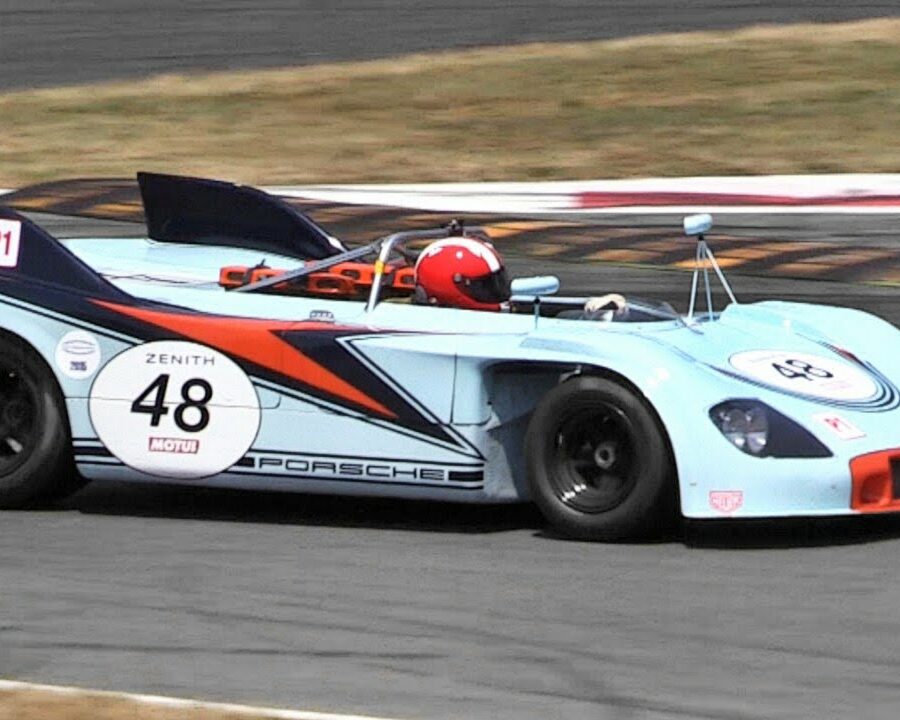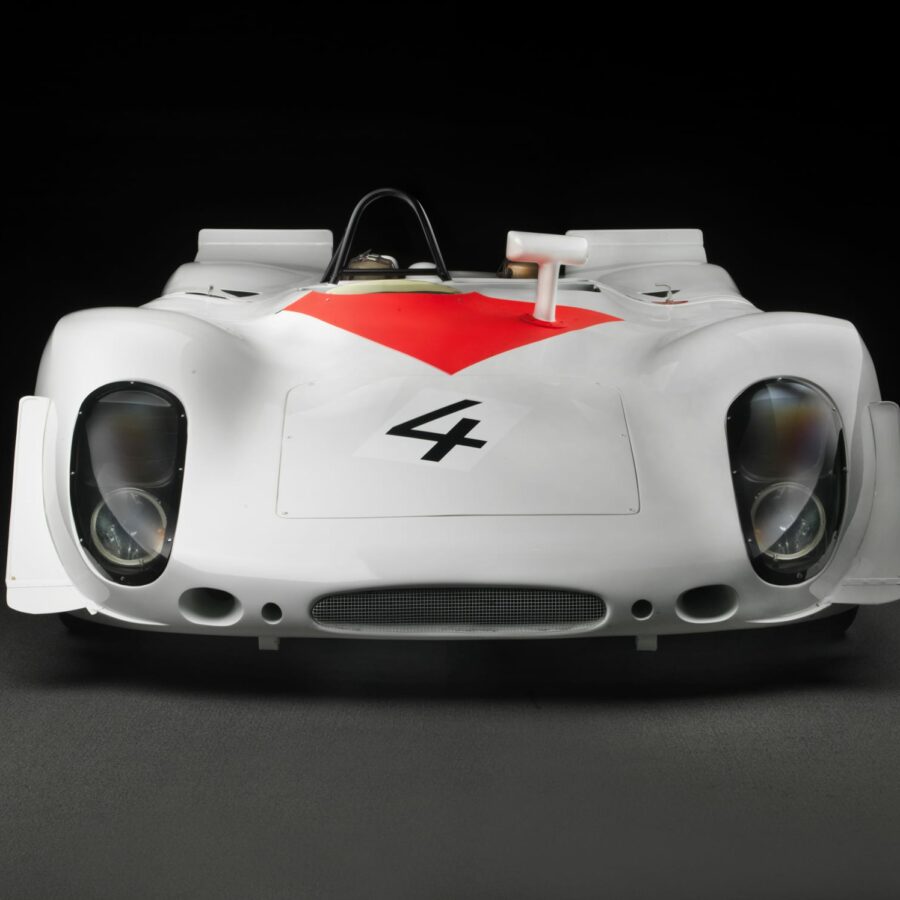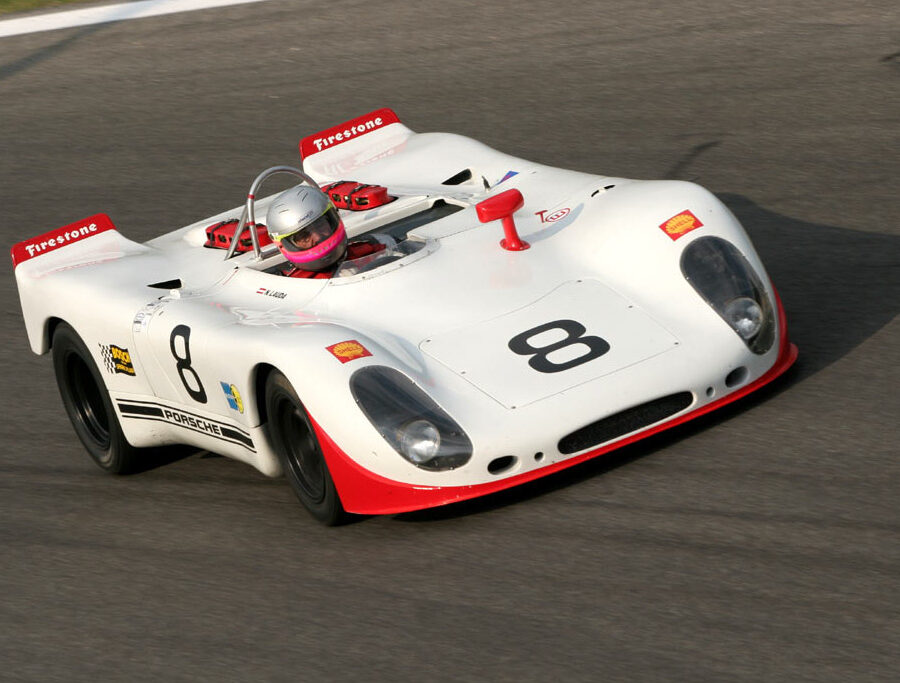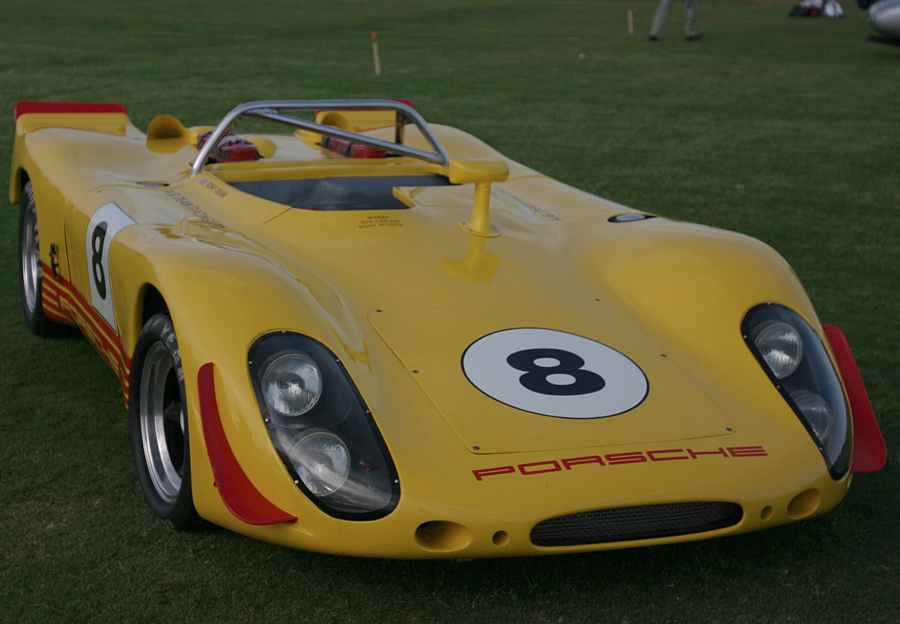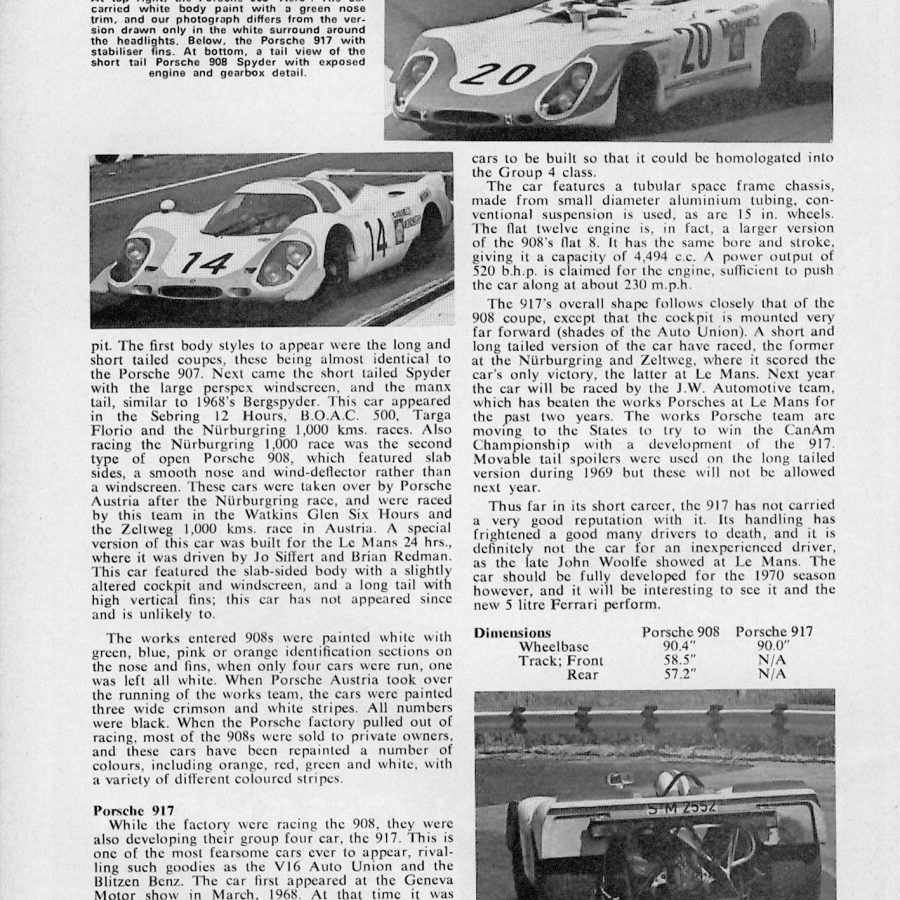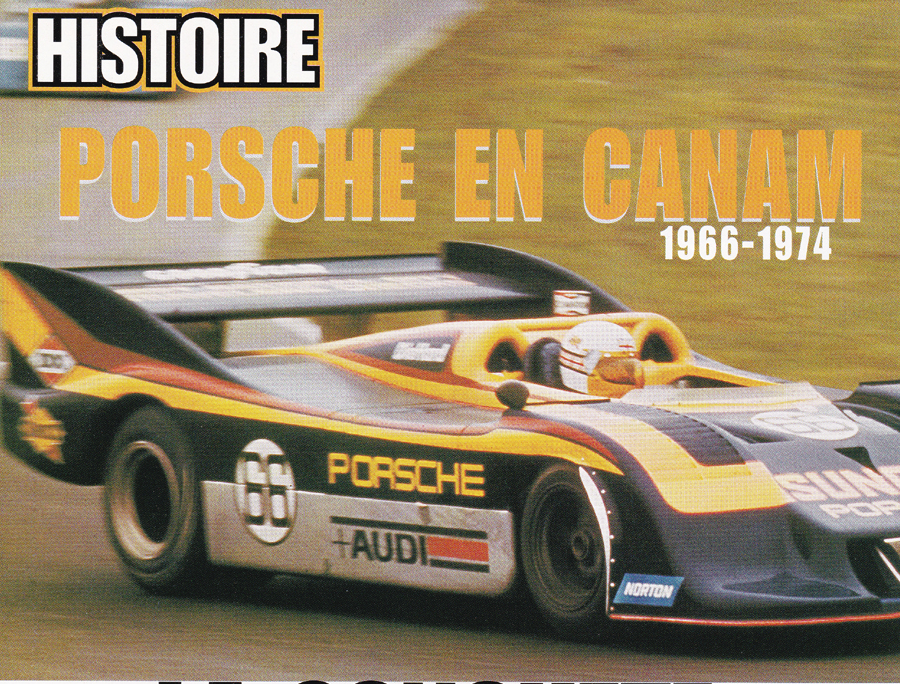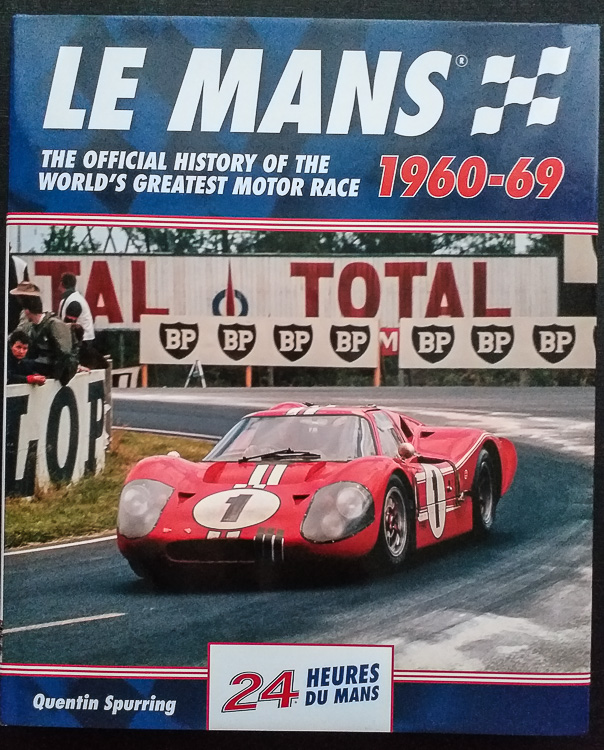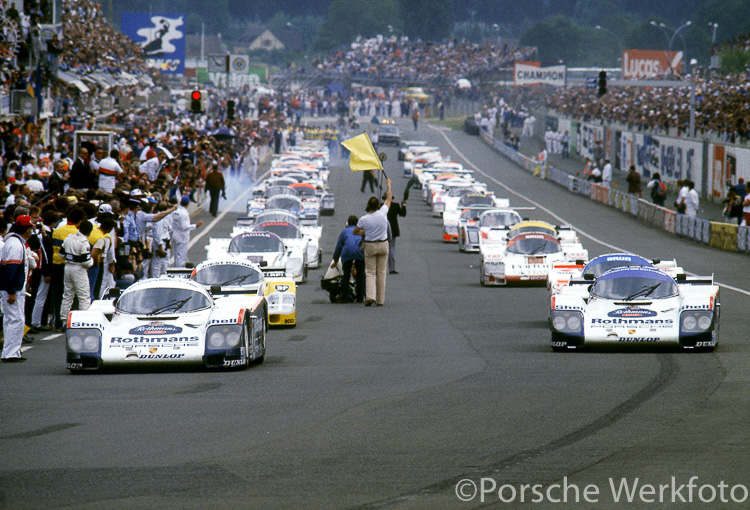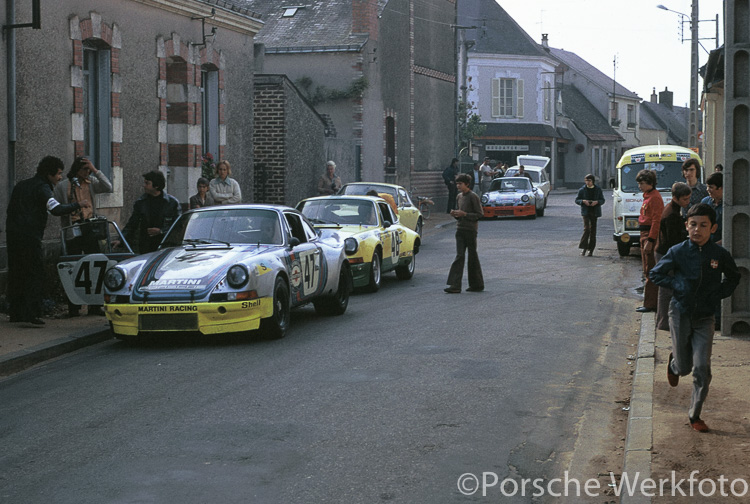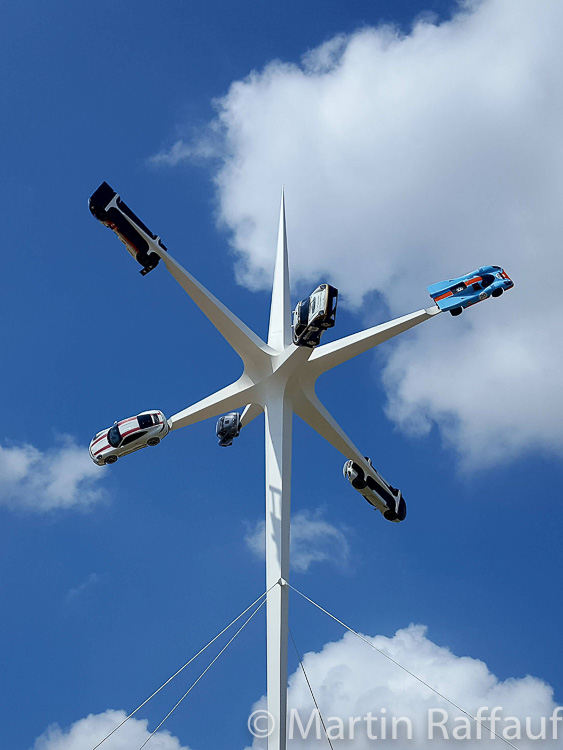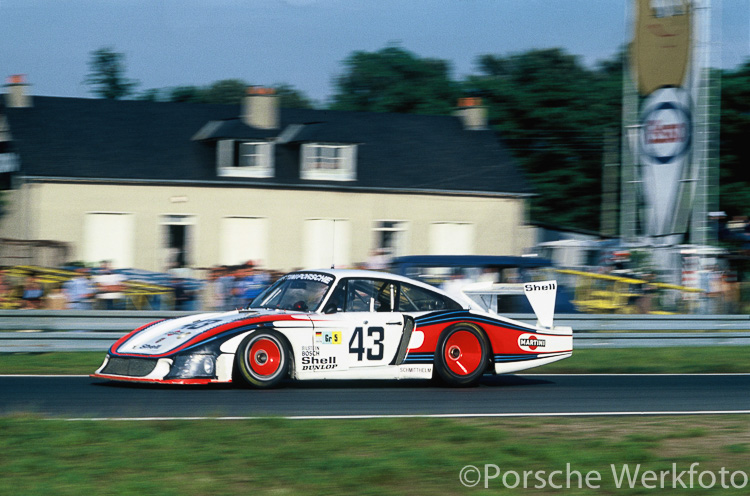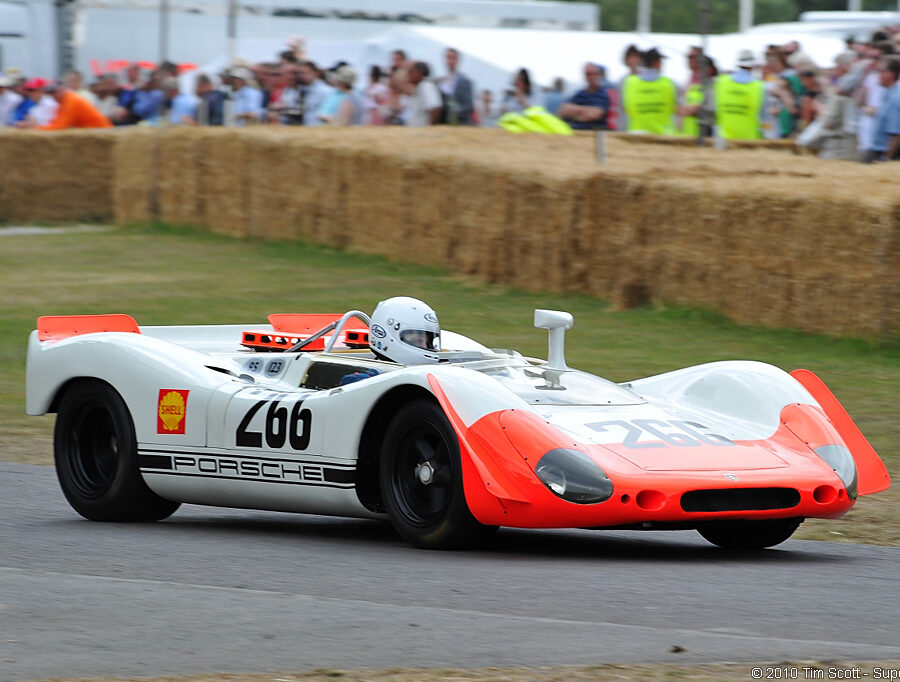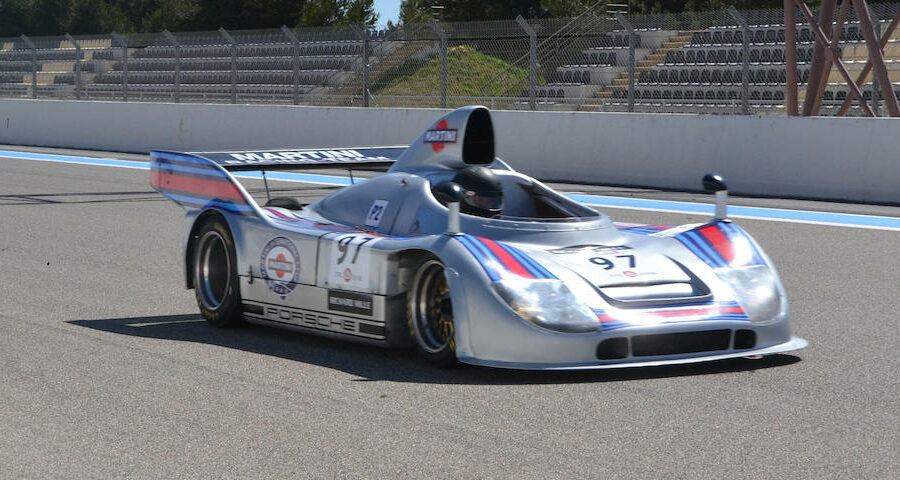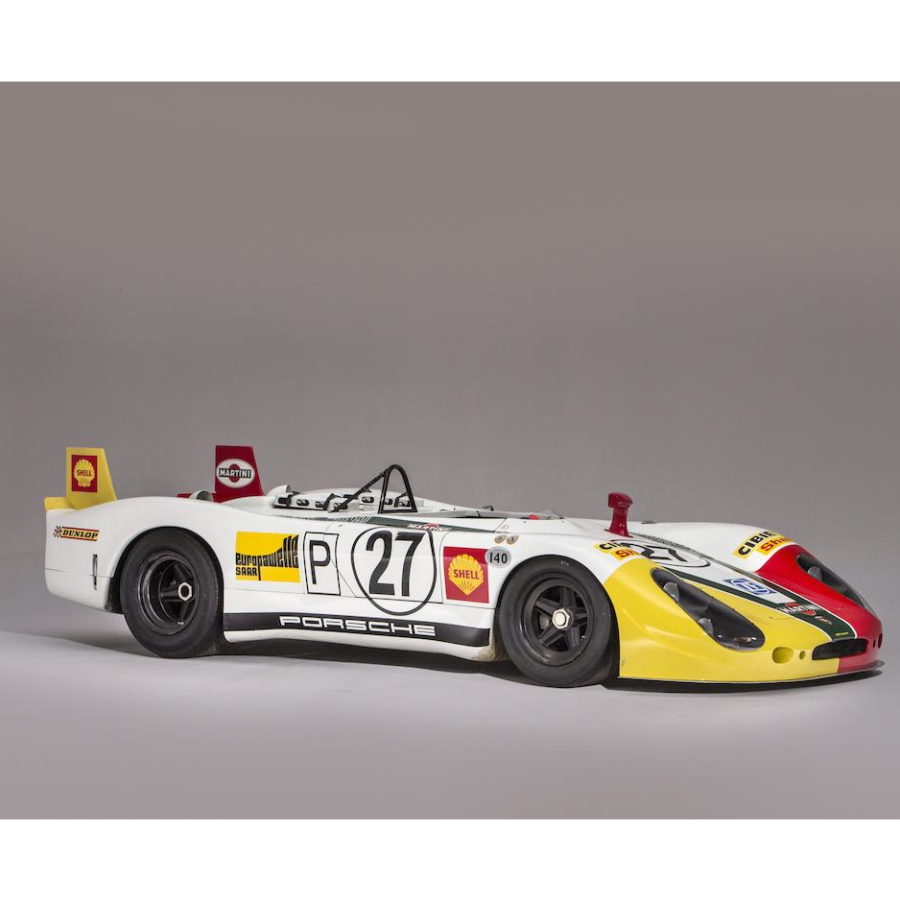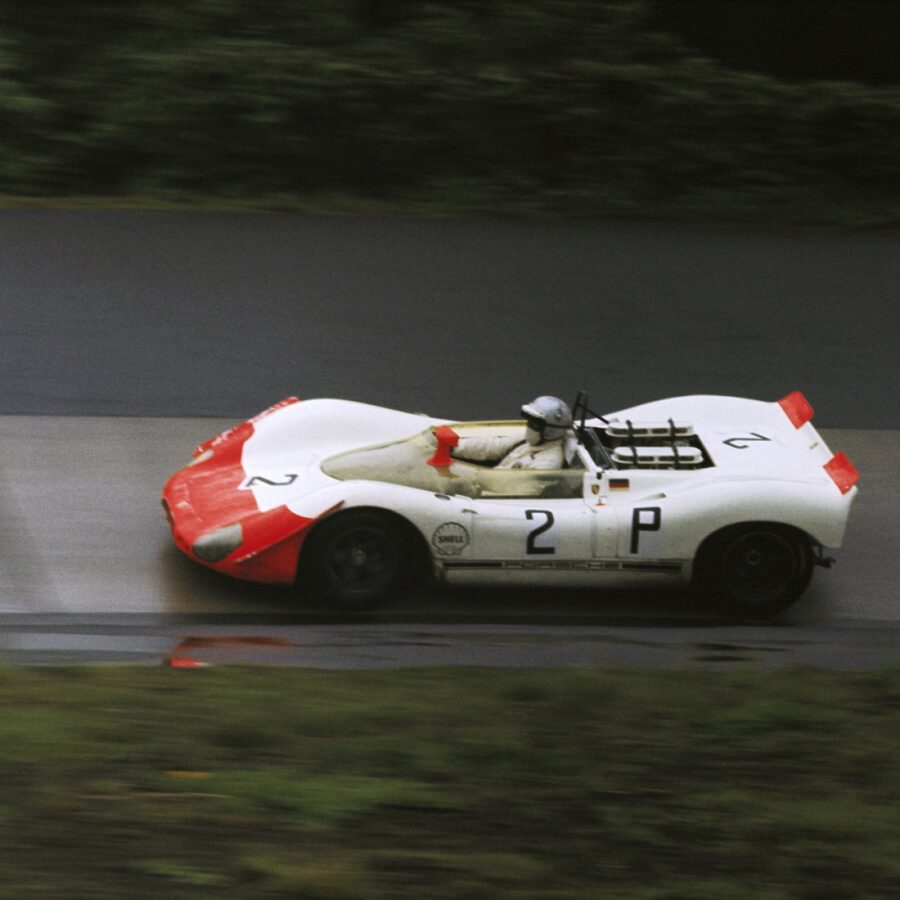FOR SALE: 1969 Porsche 908/02
An early example of Porsche’s racing success
FOR SALE: 1969 Porsche 908/02 “Flunder”
Available is one of Porsche’s most successful racers
Porsche 908/03 Spyder – Specifications & Performance
Technical Specifications
Porsche 908 LH Flunder Spyder – Specifications & Performance
Technical Specifications
Porsche 908 K Flunder Spyder – Specifications & Performance
Technical Specifications
Porsche 908/02 K Spyder – Specifications & Performance
Technical Specifications
Porsche 908/01 K Coupé – Specifications & Performance
Technical Specifications
Porsche 908/01 LH Coupé – Specifications & Performance
Technical Specifications
Porsche 908/03 Spyder Turbo (1975 – 1981)
Porsche decided to end its 20-year history of factory sports car racing and sold the 908/03 cars to customers. In 1975, some 908s were fitted with turbocharged engines.
Porsche 908/03 Spyder (1969 – 1971)
This 908 received a completely new tubular frame based on that of the 909 Bergspyder and its three liter engine was moved forward.
Porsche 908 LH Flunder Spyder (1969 – 1975)
There was a belief that longer bodies are more aerodynamic and are therefore better for faster tracks, so a 908 Flunder Spyder with a longer tail was created
Porsche 908 K Flunder Spyder (1969 – 1975)
The 908/02 K Spyder and 908 K Flunder Spyder were basically the same cars with slightly different bodywork
Porsche 908/02 K Spyder (1969 – 1972)
Notching up over 50 major victories and more than 100 podium results, the 908/02 Spyder is one of the most successful Porsche race cars
Porsche 908/01 K Coupé (1968 – 1969)
In the late sixties, Ferdinand Piëch wanted Porsche at the top of motor sports and the 908 was his answer.
Porsche 908/01 LH Coupé (1968 – 1969)
In the late sixties, Ferdinand Piëch wanted Porsche at the top of motor sports and the 908 was his answer.




